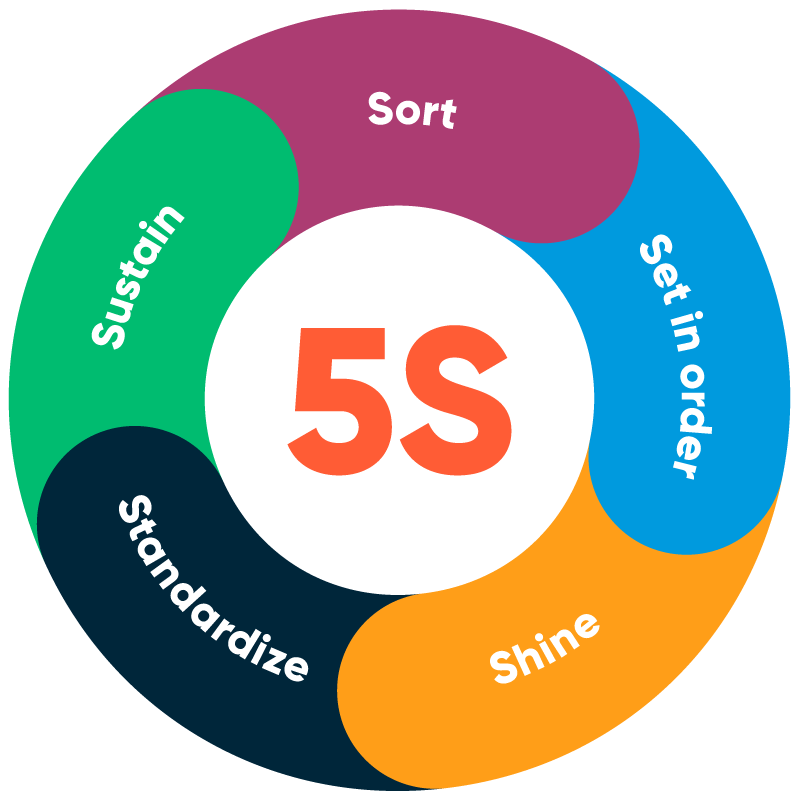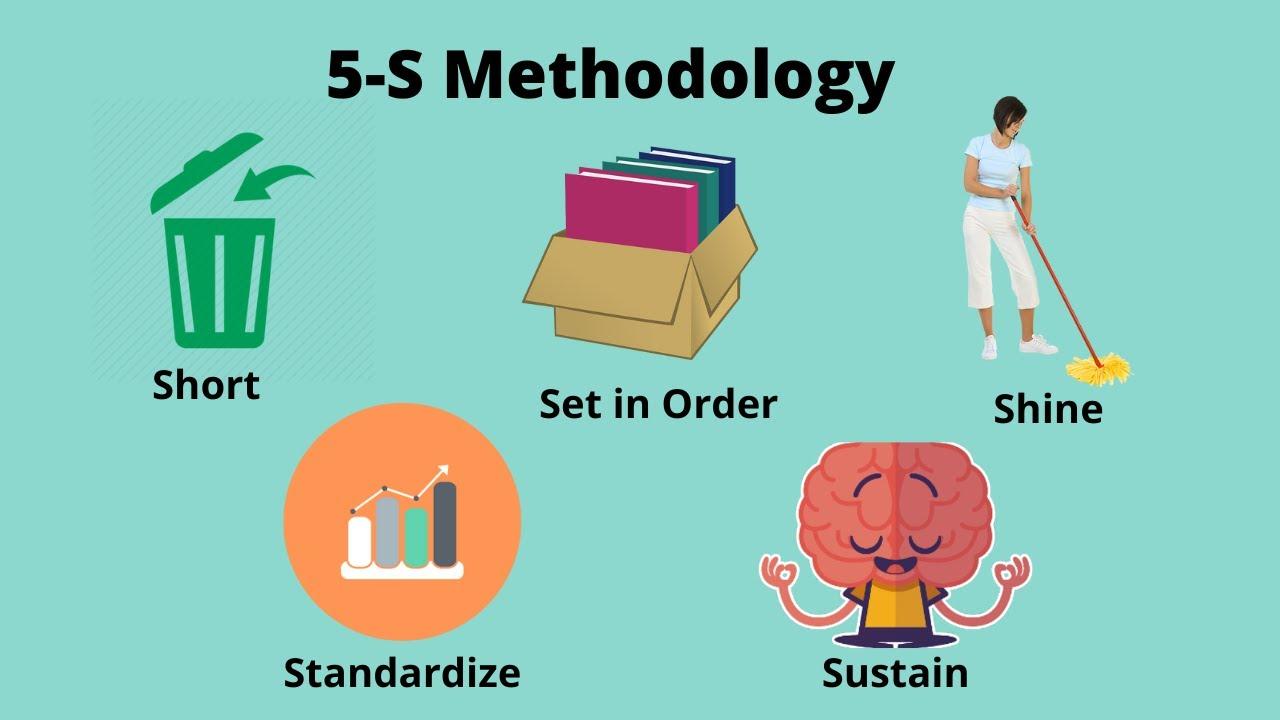Inquire
Creating a successful 5S strategy

Creating a successful 5S strategy (Sort, Set in order, Shine, Standardize, Sustain) is essential for improving efficiency, organization, and safety in any workplace. In this blog post, we'll explore the key elements of a 5S strategy and how to implement it effectively.
Introduction to 5S Strategy
5S is a workplace organization methodology that originated in Japan. It focuses on creating a clean, organized, and efficient workspace to enhance productivity and safety. The five steps in the 5S strategy are:
1. Sort: This step involves identifying and separating necessary items from unnecessary ones. You should get rid of clutter and keep only what's essential for the work process.
2. Set in order: Once you've sorted, it's time to arrange items and tools systematically. Every item should have a designated place for easy access and quick identification.
3. Shine: This step emphasizes cleanliness. Regular cleaning and maintenance help prevent equipment breakdowns and create a safer working environment.
4. Standardize: Standardizing means creating and documenting best practices for maintaining the first three S's. It ensures that the new order and cleanliness are maintained over time.
5. Sustain: The final step is all about keeping the improvements going. This involves developing a culture of continuous improvement and involving all team members in maintaining the 5S principles.

Implementing a 5S Strategy
Here's a step-by-step guide to implementing a 5S strategy in your workplace:
1. Form a 5S Team: Start by assembling a team of employees who will lead and implement the 5S strategy. It's important to have buy-in from all levels of the organization.
2. Training: Provide training on the 5S methodology to all team members. This ensures that everyone understands the principles and their role in the process.
3. Sort: Begin by going through all items in the workspace. Identify and remove anything that isn't needed. This will free up space and make the workspace more efficient.
4. Set in Order: Organize the remaining items and tools in a logical and accessible manner. Use labels, shadow boards, and color coding to make it easy to find what you need.
5. Shine: Implement regular cleaning schedules and maintenance routines to keep the workspace in excellent condition. Make sure that everyone understands their role in this process.
6. Standardize: Create clear and documented procedures for maintaining the first three S's. Regular audits can help ensure that everyone follows these procedures consistently.
7. Sustain: Develop a culture of continuous improvement and maintain regular communication with your team. Encourage feedback and recognize and reward improvements.
Benefits of a 5S Strategy
A well-implemented 5S strategy offers numerous benefits, including:
- Increased productivity: Eliminating clutter and optimizing processes leads to greater efficiency.
- Improved safety: A clean and organized workspace reduces the risk of accidents.
- Cost savings: Fewer breakdowns and less wasted time searching for tools and materials can lead to cost reductions.
- Better employee morale: A clean and organized workspace can boost employee satisfaction and engagement.
Implementing a 5S strategy can lead to a more organized, efficient, and safe workplace. It requires commitment from all levels of an organization and continuous improvement efforts. By following the five steps—Sort, Set in order, Shine, Standardize, and Sustain—you can create a workplace that not only benefits your bottom line but also enhances the well-being of your employees.


- Managerial Effectiveness!
- Future and Predictions
- Motivatinal / Inspiring
- Other
- Entrepreneurship
- Mentoring & Guidance
- Marketing
- Networking
- HR & Recruiting
- Literature
- Shopping
- Career Management & Advancement


 SkillClick
SkillClick